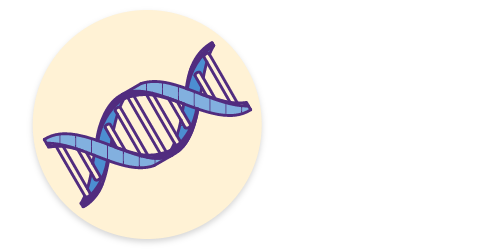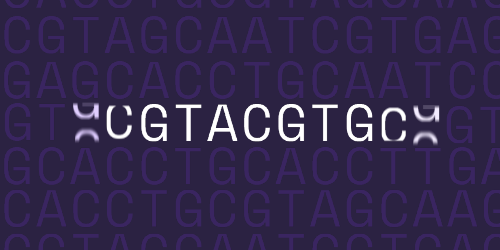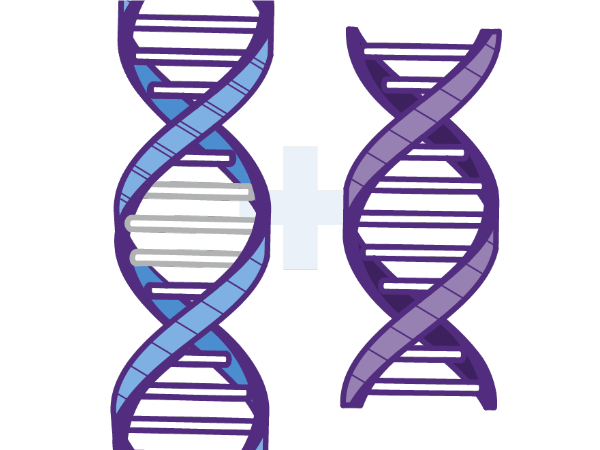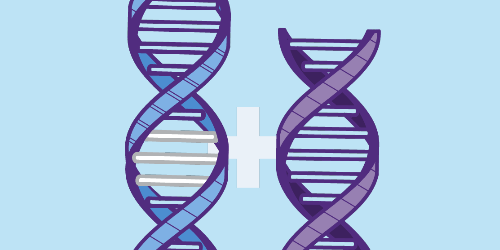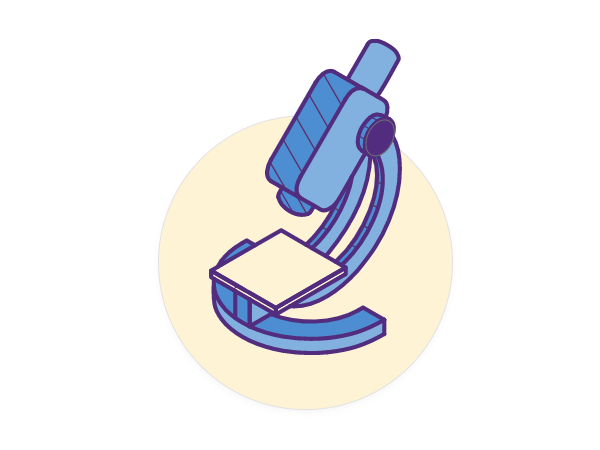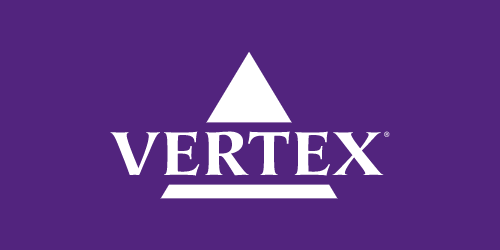References: 1. Jain S, Shukla S, Yang C, et al. TALEN outperforms Cas9 in editing heterochromatin target sites. Nat Commun. 2021;12(1):606. doi:10.1038/s41467-020-20672-5. 2. Maeder ML, Gersbach CA. Genome-editing technologies for gene and cell therapy. Mol Ther. 2016;24(3):430-446. doi:10.1038/mt.2016.10. 3. Simeon M, Dangwal S, Sachinidis A, Doss MX. Application of the pluripotent stem cells and genomics in cardiovascular research—what we have learnt and not learnt until now. Cells. 2021;10(11):3112. doi:10.3390/cells10113112. 4. Fathallah MD. Genomics, gene editing and biologics: the bolsters of the new medical paradigm. Curr Trends Biomedical Eng Biosci. 2017;6(4):1-4. doi:10.19080/CTBEB.2017.06.555694. 5. Sudhakar V, Richardson RM. Gene therapy for neurodegenerative diseases. Neurotherapeutics. 2019;16(1):166-175. doi:10.1007/s13311-018-00694-0. 6. Amado DA, Davidson BL. Gene therapy for ALS: a review. Mol Ther. 2021;29(12):3345-3358. doi:10.1016/j.ymthe.2021.04.008. 7. Dias MF, Joo K, Kemp JA, et al. Molecular genetics and emerging therapies for retinitis pigmentosa: basic research and clinical perspectives. Prog Retin Eye Res. 2018;63:107-131. doi:10.1016/j.preteyeres.2017.10.004. 8. Gene therapy. ClinicalTrials.gov. Accessed April 14, 2023. https://clinicaltrials.gov/ct2/results?cond=&term=gene+therapy&cntry=US&state=&city=&dist. 9. Approved cellular and gene therapy products. US Food & Drug Administration. Updated October 26, 2021. Accessed April 14, 2023. https://www.fda.gov/vaccines-blood-biologics/cellular-gene-therapy-products/approved-cellular-and-gene-therapy-products. 10. Li H, Yang Y, Hong W, Huang M, Wu M, Zhao X. Applications of genome editing technology in the targeted therapy of human diseases: mechanisms, advances and prospects. Signal Transduct Target Ther. 2020;5(1):1. doi:10.1038/s41392-019-0089-y. 11. DeWeerdt S. Gene therapy: a treatment coming of age. Pharm J. 2014;293(7831). doi:10.1211/PJ.2014.20066677. 12. Dong AC, Rivella S. Gene addition strategies for ß-thalassemia and sickle cell anemia. Adv Exp Med Biol. 2017;1013:155-176. doi:10.1007/978-1-4939-7299-9_6. 13. Nowakowski A, Andrzejewska A, Janowski M, Walczak P, Lukomska B. Genetic engineering of stem cells for enhanced therapy. Acta Neurobiol Exp. 2013;73:1-18.
